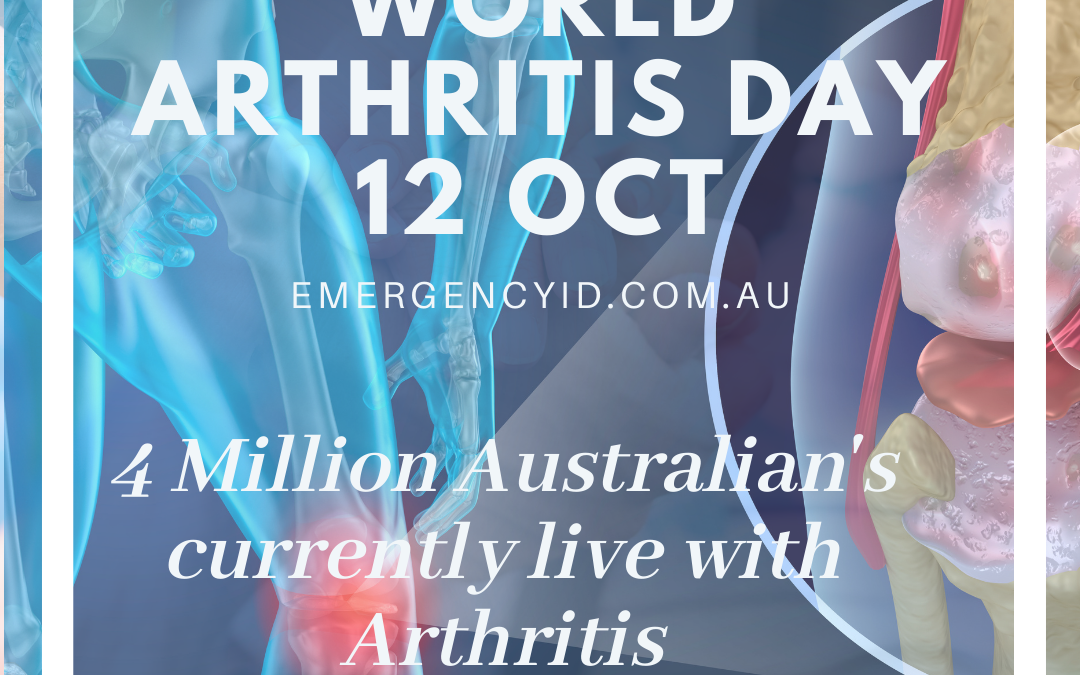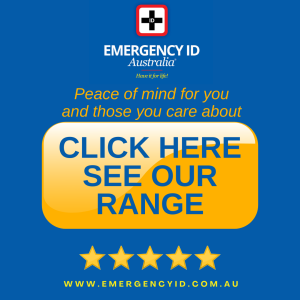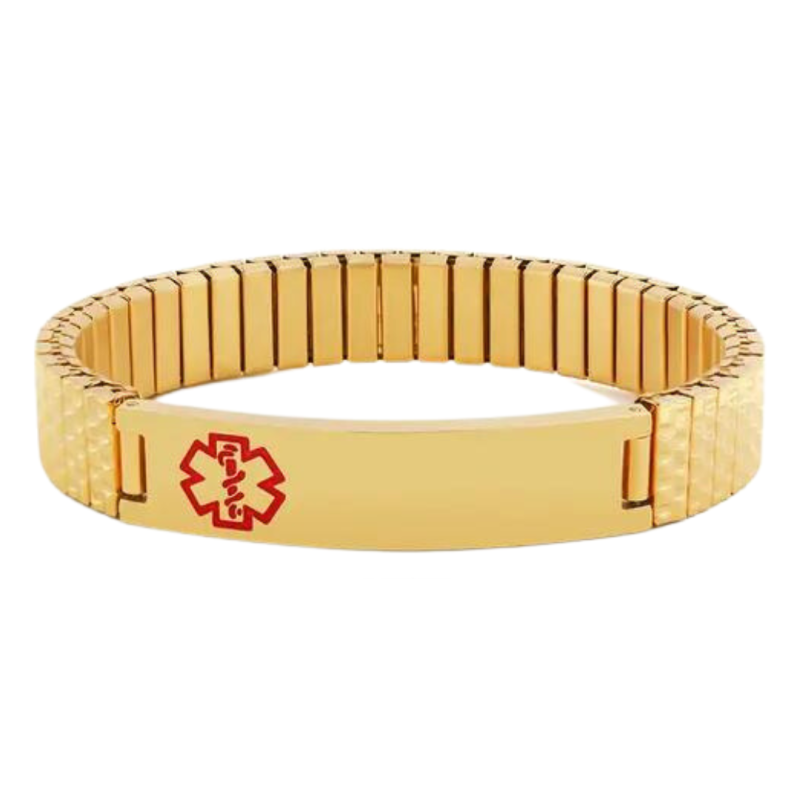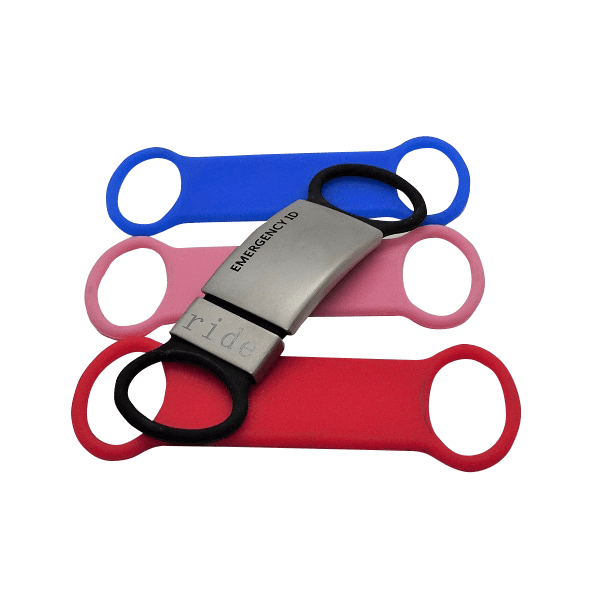World Arthritis Day
What does ‘arthritis’ mean?
‘Arthritis’ is a name for a group of conditions affecting the joints. These conditions cause damage to the joints, usually resulting in pain and stiffness. Arthritis can affect many different parts of the joint and nearly every joint in the body.
Is rheumatism different to arthritis?
Not really. Rheumatism is just a more general word that was used in the past. It describes any pain in your bones, muscles and joints. Now we know more about problems with bones, muscles and joints, so we use words like back pain, tendonitis and arthritis to describe these conditions.
Are there different types of arthritis?
There are over 100 forms of arthritis. Each type of arthritis affects you and your joints in different ways. Some forms of arthritis can also involve other parts of the body such as the eyes. The most common forms of arthritis are:
Who gets arthritis?
Anyone can get arthritis, including children and young people. In Australia, one in six people have arthritis. Many people think arthritis is a normal part of getting older. This is not true. In fact, two out of every three people with arthritis are between 15 and 60 years old. Arthritis can affect people from all backgrounds, ages and lifestyles.
What are the symptoms?
Arthritis affects people in different ways but the most common symptoms are:
- pain
- stiffness or reduced movement of a joint
- swelling in a joint
- redness and warmth in a joint
- general symptoms, such as tiredness, weight loss or feeling unwell.
Is my sore joint arthritis?
There are many different reasons why your joints may be sore. Not all pain in muscles and joints is caused by arthritis. It could be from an injury or using your joints and muscles in an unusual way (for example, playing a new sport or lifting heavy boxes). Talk to your doctor if you have pain and stiffness that:
- starts for no clear reason
- lasts for more than a few days
- comes on with swelling, redness and warmth of your joints.
How can I find out if I have arthritis?
See your doctor as soon as possible if you have symptoms of arthritis. Your doctor will ask you about your symptoms and examine your joints. They may do some tests or x-rays, but these can be normal in the early stages of arthritis. It may take several visits before your doctor can tell what type of arthritis you have. This is because some types of arthritis can be hard to diagnose in the early stages. Your doctor may also send you to a rheumatologist, a doctor who specialises in arthritis, for more tests.
Is there a cure for arthritis?
Currently there is no cure for most forms of arthritis. While there are treatments that can effectively control symptoms, you should be wary of any products or treatments that claim to cure arthritis.
Can arthritis be treated?
Many types of arthritis can be easily and effectively controlled by modern treatment. Early diagnosis and the right treatment can ease symptoms and may even prevent damage to your joints. Research has led to great improvements in this area. Because arthritis affects people in different ways, treatment has to be tailored to the needs of each person. It is important to work with your healthcare team to find treatments that suit you.
What can I do?
The good news is that there are many simple things you can do to live well with arthritis:
- find out what type of arthritis is affecting you and learn about your treatment options
- stay active: keep your joints moving and your muscles strong
- learn ways to manage pain: there are many things you can do to help you cope with pain
- manage tiredness: learn to balance rest and your normal activities
- keep to a healthy weight: there is no diet that can cure arthritis but a well balanced diet is best for your general health
- look after and protect your joints: find out about equipment and gadgets that can make tasks easier
- acknowledge your feelings and seek support: as there is currently no cure for arthritis it is natural to feel scared, frustrated, sad and sometimes angry. Be aware of these feelings and get help if they start affecting your daily life.
TYPES OF ARTHRITIS:
Osteoarthritis
Osteoarthritis is the most common form of joint disease. It affects the whole joint including bone, cartilage, ligaments and muscles. Although often described as ‘wear and tear’, this is not an accurate description of osteoarthritis. Osteoarthritis is now thought to be the result of a joint working extra hard to repair itself.
Rheumatoid arthritis
Rheumatoid arthritis, a common inflammatory form of arthritis, is an autoimmune disease that causes pain and swelling of the joints. In an autoimmune disease, your immune system starts attacking your own healthy tissues. In RA, the immune system targets the lining of the joints, causing inflammation and joint damage.
Ankylosing spondylitis
Ankylosing spondylitis (AS) is a condition that mainly affects the spine. The joints of the neck, back and pelvis become inflamed, causing pain and stiffness. Other joints, such as the hips and shoulders, and other areas of the body such as the eyes, skin, bowel and lungs, can also be involved. Symptoms of AS usually begin between the ages of 15 and 45 years.
Non-radiographic Axial Spondyloarthritis
Non-radiographic Axial Spondyloarthritis (nr-axSpA) is an autoimmune disease which causes arthritis in the spine and pelvis. While the body’s immune system is designed to fight infections to keep you healthy, in people with nr-axSpA, the immune system creates inflammation in the joints of the spine and pelvis. This causes pain and stiffness and may lead to joint damage. In its early stages, nr-axSpA can be mistaken for general back pain.
Psoriatic arthritis
Psoriatic arthritis is a condition that causes inflammation of the joints. This causes the joints to become painful, stiff and often swollen. Usually only people who have a skin disease called psoriasis are affected by psoriatic arthritis
Juvenile idiopathic arthritis (children)
Juvenile idiopathic arthritis is the name given to a number of types of arthritis that occur in children. We do know that JIA is an autoimmune condition. This means the body’s immune system (its protective mechanism against infection) starts to mistakenly attack healthy cells of the body.
Anterior knee pain (children)
Anterior knee pain is pain which occurs in the front of the knee around the knee cap. Anterior knee pain is more common during the teenage years and affects girls more than boys.
Chilblains / Perniosis (children)
Chilblains are an injury to the skin of the hands and feet (although they can occur elsewhere like nose, ears, buttocks) caused by cold temperatures. The other name for chilblains is perniosis.
Chronic recurrent multifocal osteomyelitis (children)
Chronic recurrent multifocal osteomyelitis (CRMO) is a disease affecting the bones. Inflammation is normally one of the body’s protective responses to infection or injury, but in diseases such as CRMO, uncontrolled inflammation can cause damage. In CRMO, inflammation targets the bone and can occur throughout the body.
Fibromyalgia
Fibromyalgia is a name given to a common group of symptoms marked by generalised pain and muscle stiffness, as well as extreme fatigue. These may range from very mild to severe, and may last for many years or come and go at different times. With the right advice most people find they learn to manage the pain and tiredness over time.
Familial Mediterranean fever (children)
Familial Mediterranean fever (FMF) is a disease that results in episodes of fever, abdominal pain, chest pain, joint pain and rashes. It is most common in people of Mediterranean and Middle Eastern ancestry, but can occur in people of any ethnicity.
Giant Cell Arteritis
Giant Cell Arteritis is an autoimmune disease, where the body attacks its own blood vessels. It is also known as temporal arteritis as it can case pain, inflammation and tenderness around the temples. Around 1,000 Australians are diagnosed with GCA each year.
Gout
Gout is a common and painful condition that affects the joints. Small crystals form in and around the joint, causing inflammation, pain and swelling. An attack of gout usually comes on very quickly, often overnight. The joint becomes very red, swollen and extremely painful. Gout normally affects one joint at a time, often the joint of the big toe.
Growing pains / Benign nocturnal limb pains (children)
Growing pains are common and affect otherwise healthy children. The pains usually start in the preschool years. Growing pains are often difficult to pinpoint, but are usually in the legs.
Haemochromatosis and haemochromatotic arthritis
Haemochromatosis is a condition caused by a build-up of iron in your body. People with haemochromatosis absorb too much iron from food (iron overload) and the extra iron can damage organs, particularly the liver, heart, pancreas, bones and joints.
Hypermobility syndromes (children)
We are at our most flexible as babies and become less flexible with age. Many children are hypermobile (“double jointed”) in one or more joints. When this affects many joints, and is associated with pain, it is called a hypermobility syndrome.
Juvenile dermatomyositis (children)
Juvenile dermatomyositis (JDM) is a rare condition that causes inflammation of the skin and muscle. Inflammation is one of the body’s protective responses to infection or injury, but in diseases such as JDM, uncontrolled inflammation can cause damage. Other parts of the body may also be affected such as the lung and intestines.
Localised scleroderma (children)
Localised scleroderma is an inflammatory disease affecting the skin. Inflammation is normally one of the body’s protective responses to infection or injury. In diseases such as localised scleroderma, uncontrolled inflammation leads to hardening and discolouration of the involved skin.
Lupus (systemic lupus erythematosus)
Systemic lupus erythematosus (also called SLE or lupus) is an autoimmune condition. The normal role of your body’s immune system is to fight off infections and diseases to keep you healthy. In an autoimmune disease like lupus, your immune system starts attacking your own healthy tissues.
Polymyalgia rheumatica
Polymyalgia rheumatica means ‘pain in many muscles’. It is a condition that causes inflammation of the joints and tissues around the joints. This causes muscles to feel painful and stiff, especially in the shoulder, neck and hip areas. Polymyalgia rheumatica is different to fibromyalgia, a condition that does not cause inflammation.
Reactive arthritis
Reactive arthritis is a condition that causes inflammation, pain and swelling of the joints. It usually develops after an infection, often in the bowel or genital areas. The infection causes activity in the immune system.
Ross River virus
Ross River virus and Barmah Forest virus are infections that are spread to humans through mosquito bites.
They cause similar illnesses, including joint inflammation and pain. People of all ages are at risk of developing these infections. Ross River virus is the most common and widespread of mosquito borne diseases that infect humans in Australia.
Scleroderma
The word ‘scleroderma’ means ‘hard skin’. Scleroderma affects the connective tissues of the body (tissues that hold together joints, muscles, blood vessels and internal organs). Symptoms vary greatly from person to person and also depend on what part of the body is involved.
Sever’s disease (children)
Sever’s disease causes pain in the bone at the back of the heel. This pain occurs because of a mismatch between the growth of the calf bones and muscles. It is slightly more common in boys than girls and usually affects children aged 8 – 12 years.
Sjögren’s syndrome
Sjögren’s syndrome is an autoimmune condition. The normal role of your body’s immune system is to fight off infections and diseases to keep you healthy. In an autoimmune disease like Sjögren’s syndrome, your immune system starts attacking your own healthy tissues.
Spondyloarthritis
Spondyloarthritis (sometimes called spondyloarthropathy or seronegative arthritis) is a name for types of arthritis that commonly affect the spine.
For the full article & further information please see your GP & Arthritis Australia Arthritis Australia – Freedom from arthritis








